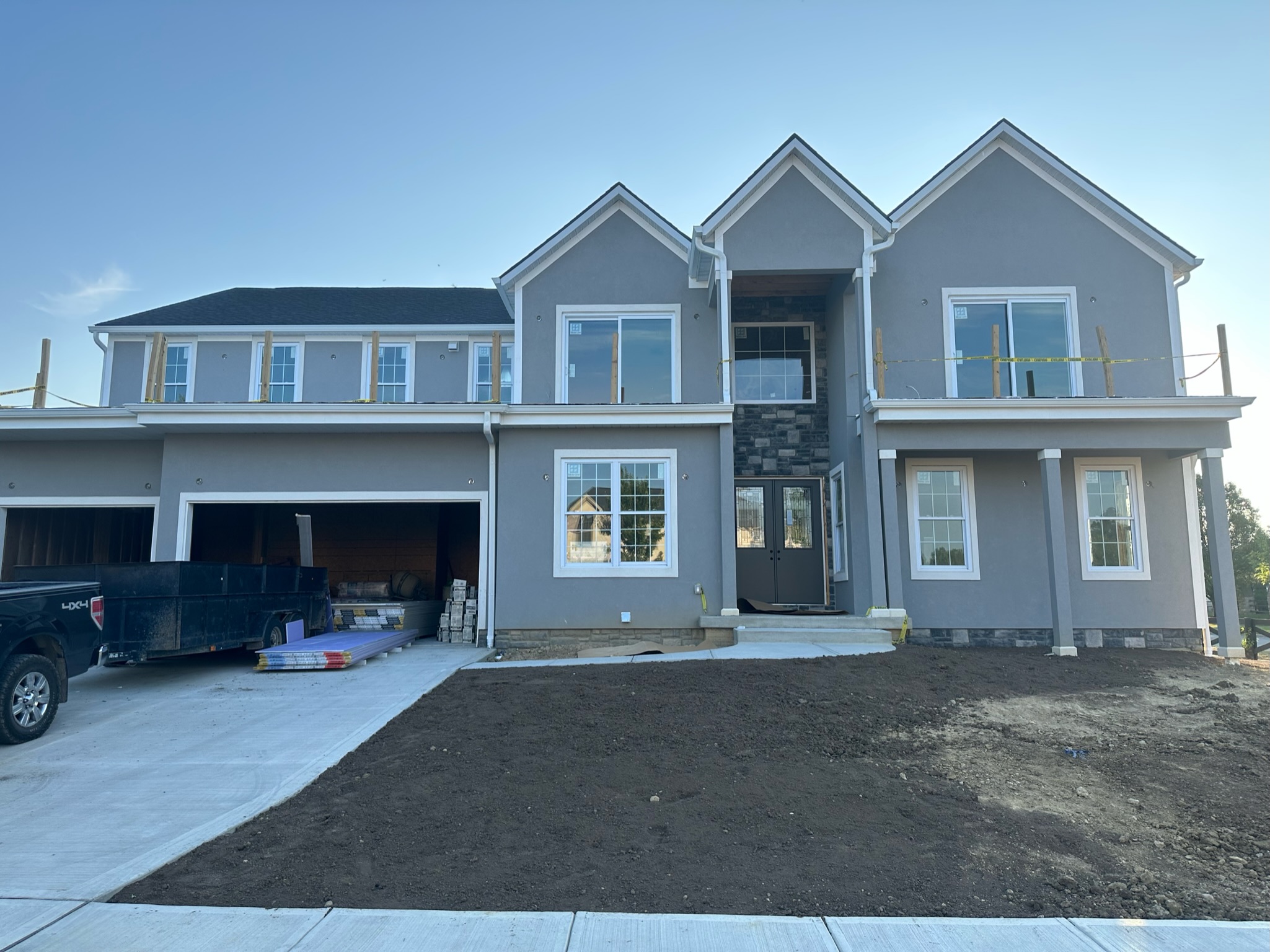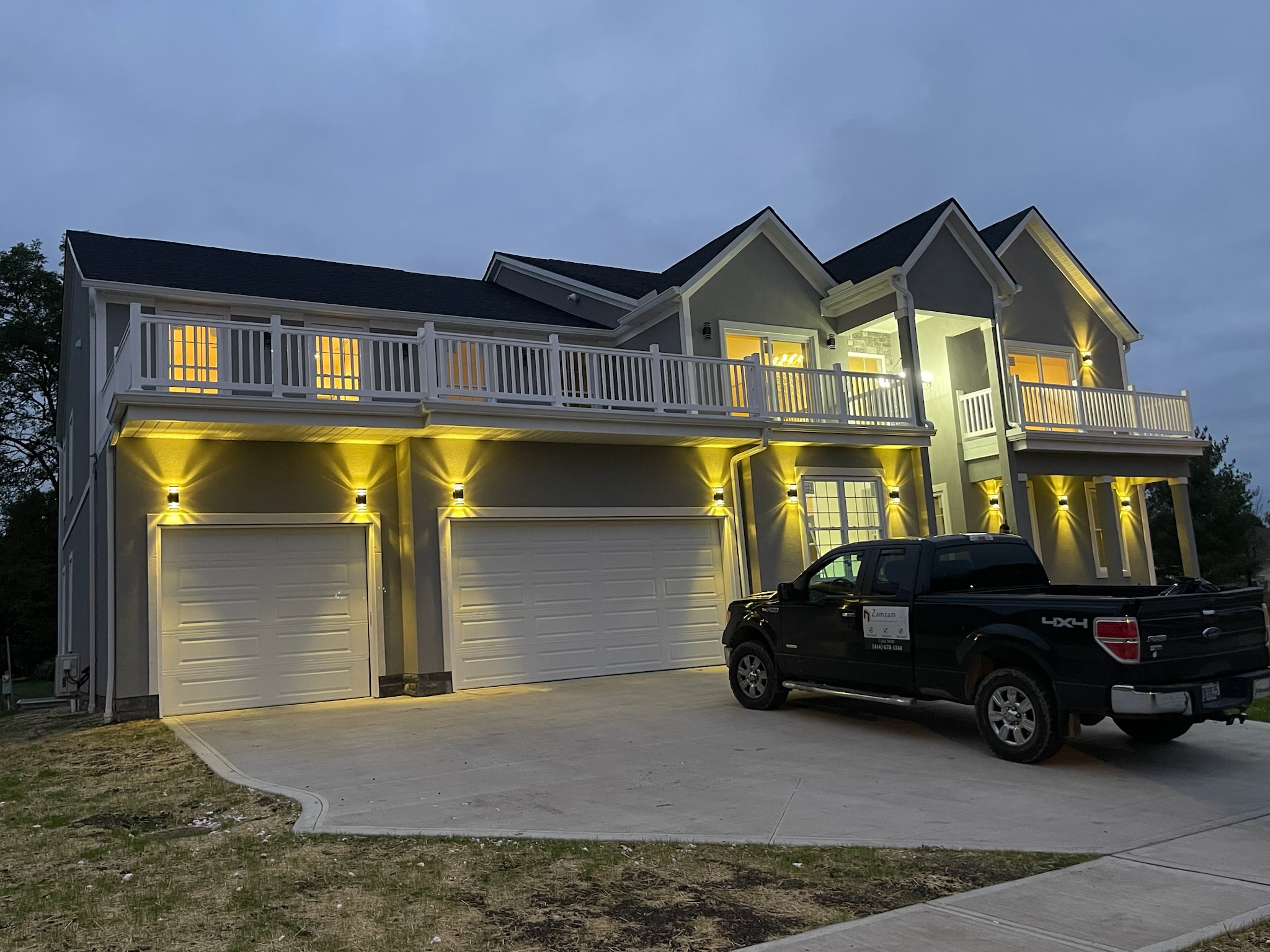Zam Zam Construction

ZAMZAM
ِAugust 18, 2024

Home renovation projects can be exciting yet daunting endeavors. Whether you're looking to upgrade your kitchen, add a new bathroom, or give your entire home a makeover, proper planning is crucial to success. This comprehensive guide will walk you through each step of planning your home renovation project, ensuring that you achieve your goals efficiently and within budget.
Planning a home renovation is not just about improving aesthetics but also enhancing functionality and increasing property value. A well-thought-out plan can prevent costly mistakes and delays, making the entire process smoother and more enjoyable. By following a structured approach, you can minimize stress and maximize the outcomes of your project.
Before diving into any renovations, take the time to assess why you want to renovate. Are you looking to improve energy efficiency, update outdated features, or accommodate a growing family? Clearly defining your renovation goals will guide every decision you make along the way.
Start by listing your needs and wants. Needs are essential improvements that address safety, structural integrity, or functionality, such as fixing a leaky roof or expanding a cramped kitchen. Wants, on the other hand, are enhancements that add comfort or luxury, like installing a spa-like bathroom or a home theater.
Setting a realistic budget early on is crucial. It will help you prioritize your needs and avoid overspending. Consider getting a professional appraisal to understand how much value your planned renovations could add to your home. This can also guide you in making cost-effective decisions that provide a good return on investment.
Gather renovation ideas from various sources, including home improvement magazines, websites, and social media platforms like Pinterest and Instagram. These platforms can provide a wealth of inspiration, showcasing a variety of styles, materials, and design trends.
Consider the architectural style of your home and explore different materials and designs that align with your vision. For instance, if you have a mid-century modern home, you might want to incorporate clean lines, organic forms, and natural materials. Collecting inspiration early will help you communicate your ideas effectively to contractors and designers.
Create a vision board or digital collection of images, color schemes, and design elements that appeal to you. This will serve as a reference point throughout the planning and execution stages, ensuring that your renovation aligns with your aesthetic preferences.




Establish a realistic timeline for your renovation project. Consider factors like the scope of work, availability of contractors, and any external dependencies such as obtaining permits. Break down the project into phases and set milestones to track progress effectively.
It's important to be flexible with your timeline, as unexpected delays can occur due to weather, supply chain issues, or unforeseen structural problems. Building in some buffer time can help you stay on track without feeling rushed. Communicate your timeline expectations clearly with your contractor to ensure everyone is aligned.
Finding the right contractors is crucial to the success of your project. Seek recommendations from friends, family, or online reviews. Obtain multiple quotes from different contractors and compare not only the cost but also their experience, reputation, and availability.
When evaluating contractors, consider their previous work and whether they have experience with projects similar to yours. A contractor who has successfully completed kitchen remodels may not be the best fit for a major home addition. Check references to ensure they have a track record of delivering quality workmanship and adhering to timelines.
Collaborate with an architect or designer to create a blueprint or layout plan that integrates your aesthetic preferences with practical considerations. An architect can provide valuable insights into structural changes, while a designer can help you with interior details like color schemes and furniture placement.
Consider factors like traffic flow, natural light, and storage solutions to optimize the functionality of each space. For example, in a kitchen remodel, think about the work triangle—the relationship between the sink, stove, and refrigerator—and how to make it as efficient as possible.
Understand the local building codes and regulations governing home renovations in your area. These regulations vary widely and can impact what you can and cannot do with your renovation. For instance, certain areas may have restrictions on the height of additions or the types of materials you can use.
Obtaining necessary permits before starting any work is crucial to avoid legal complications down the line. Permits typically require detailed plans and specifications, which may need to be reviewed and approved by local authorities. Ensure compliance with zoning laws, especially if your renovation involves structural changes or additions.
Create a detailed budget that accounts for every aspect of your renovation project, including materials, labor, permits, and contingencies. Break down the budget into categories and allocate funds based on priority.
Explore financing options if needed, such as home equity loans or lines of credit, to fund larger-scale renovations. These options can provide the necessary funds without depleting your savings. Allocate funds for unexpected costs to avoid budget overruns. A good rule of thumb is to set aside 10-20% of your total budget for contingencies.
Compile a list of materials and supplies required for your renovation. This includes everything from lumber and drywall to fixtures and finishes. Research suppliers to compare prices and quality.
Ordering materials well in advance to prevent delays during the construction phase is crucial. Consider factors like delivery schedules and storage space for bulkier items. Some materials, such as custom cabinetry or special-order tiles, may have longer lead times, so plan accordingly.
Prepare your home for renovation by clearing out spaces and protecting existing structures. This may involve moving furniture, covering floors, and setting up temporary barriers to contain dust and debris.
Consider setting up a temporary living arrangement if major areas of your home will be inaccessible during the renovation. This can make the process more comfortable and reduce stress. Take precautions to safeguard valuable belongings and minimize disruption to your daily life.
Effective communication is key to managing a successful renovation project. Maintain regular contact with contractors and subcontractors to ensure everyone is on the same page regarding timelines, expectations, and any changes that may arise.
Use project management tools or apps to track progress, manage schedules, and keep all stakeholders informed. Regular site visits can help you monitor the work and address any issues promptly. Being proactive and engaged can prevent small problems from becoming major setbacks.
Oversee the construction work to ensure it meets your expectations for quality and craftsmanship. This involves regular inspections and staying in close communication with your contractor. Prioritize safety measures to protect workers and occupants throughout the renovation process.
Stay flexible and be prepared to make adjustments as needed to accommodate unforeseen challenges. For instance, if you discover hidden damage behind walls or unexpected plumbing issues, address them promptly and adjust your plan accordingly.
As the renovation nears completion, focus on adding finishing touches that enhance the overall look and feel of your home. This includes installing fixtures, fittings, and appliances according to your design plan. Pay attention to details like lighting, hardware, and accessories that can greatly affect the outcome.
Coordinate with contractors to schedule final inspections and walkthroughs to address any remaining tasks. Ensure that all work is completed to your satisfaction before making final payments.
Before officially completing your renovation project, conduct a thorough inspection to verify workmanship and address any outstanding issues. Walk through each renovated space with your contractor and create a punch list of items that need to be fixed or finished.
Finalize payments with contractors and obtain all necessary paperwork, including warranties and receipts. These documents are essential for future reference and can provide peace of mind. Celebrate the successful completion of your home renovation project and enjoy your revitalized living space.
Planning a home renovation requires careful consideration and proactive decision-making. By following this step-by-step guide, you can navigate the complexities of renovation projects with confidence and achieve results that enhance both the functionality and value of your home. Whether you're remodeling a single room or undertaking a full-scale renovation, careful planning and attention to detail will ensure a rewarding outcome for years to come.
Focus on defining your goals, setting a budget, and researching contractors and materials. Prioritize essential repairs and improvements that enhance safety and functionality.
Compare quotes from multiple contractors, consider DIY options for non-structural work, and plan for unexpected costs. Reuse and repurpose existing materials where possible, and shop around for the best deals on new materials.
Communicate promptly with your contractor, adjust timelines if necessary, and maintain flexibility in your schedule. Have a contingency plan in place for living arrangements and budget to handle delays.
Create a detailed budget, allocate funds for contingencies, and track expenses throughout the project. Make cost-effective choices and avoid making changes once the project is underway to prevent additional costs.
The duration varies based on the scope of work and any unforeseen challenges, but it's essential to set realistic timelines from the outset. Small projects might take a few weeks, while larger renovations can span several months. Communicate regularly with your contractor to stay informed about progress and any potential delays.
Embark on your construction journey with ZAMZAM Construction Services. Contact us today to discuss your project and experience the excellence of our services in Ohio and Wisconsin. Your dream space awaits!
